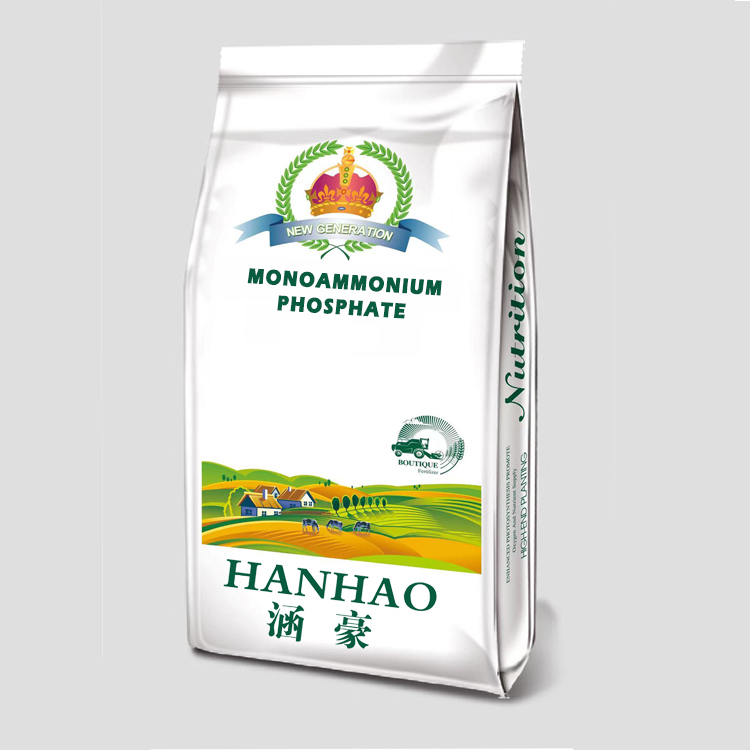
Nov . 17, 2024 05:00 Back to list
Understanding the Benefits of 11-40-13 Fertilizer for Optimizing Plant Growth
Understanding 11-40-13 Fertilizer Composition, Benefits, and Application
Fertilizers play a crucial role in modern agriculture, significantly impacting crop yield and soil health. Among the various types of fertilizers available, 11-40-13 fertilizer stands out due to its specific nutrient composition. This article delves into what 11-40-13 fertilizer is, its benefits, and how best to apply it to enhance agricultural productivity.
Composition of 11-40-13 Fertilizer
The numbers in the designation 11-40-13 represent the percentage by weight of three essential nutrients nitrogen (N), phosphorus (P), and potassium (K). Specifically, 11-40-13 fertilizer contains 11% nitrogen, 40% phosphorus (expressed as P2O5), and 13% potassium (expressed as K2O).
- Nitrogen (11%) This nutrient is vital for plant growth, primarily as it promotes the development of leaves and stems. Nitrogen helps in building amino acids and is fundamental to protein production, which is crucial for various metabolic processes in plants. - Phosphorus (40%) Phosphorus is essential for energy transfer and photosynthesis. It plays a key role in root development, which is critical for accessing water and nutrients in the soil. The high percentage of phosphorus in 11-40-13 fertilizer makes it particularly beneficial during the initial stages of plant growth.
- Potassium (13%) Potassium contributes to the overall health of plants. It helps in regulating water usage and enhances the plant's resistance to diseases. Moreover, potassium is vital for fruit quality and yield, making it an important component of any balanced fertilizer.
Benefits of Using 11-40-13 Fertilizer
The unique nutrient composition of 11-40-13 fertilizer makes it particularly advantageous for certain crops and developmental stages. Here are some benefits
1. Improved Root Development The high phosphorus content supports robust root systems, which are essential for young plants. This leads to stronger plants that can better absorb water and nutrients.
11-40-13 fertilizer

2. Enhanced Flowering and Fruiting The balanced presence of phosphorus and potassium encourages flowering and fruiting processes. This can lead to increased yields, particularly in fruit and vegetable crops.
3. Disease Resistance Potassium aids in strengthening plant cells, which can enhance the plant's resilience against various diseases and environmental stressors.
4. Quick Nutrient Release The composition of 11-40-13 fertilizer allows for quick nutrient availability to plants, making it particularly effective during critical growth periods.
Application of 11-40-13 Fertilizer
When applying 11-40-13 fertilizer, it is crucial to follow recommended guidelines to maximize benefits without harming the plants. Typically, it can be applied at planting time or during the early growth stages. Soil testing is advised to determine the specific nutrient needs of the crops being grown.
The fertilizer can be used in various methods, including broadcasting, side-dressing, or banding, depending on the crop type and soil condition. Always ensure to follow the recommended application rates based on soil tests and crop requirements.
Conclusion
In summary, 11-40-13 fertilizer is a valuable tool for farmers and gardeners looking to enhance plant growth and productivity. Understanding its composition, benefits, and proper application techniques can help ensure that crops receive the appropriate nutrients during critical growth periods, ultimately leading to healthier plants and improved yields. As agriculture continues to evolve, utilizing such targeted fertilizers will remain essential for sustainable farming practices.
-
Premium Organic Manure Compost for Eco Gardens
NewsAug.01,2025
-
Organic 10-10-10 Fertilizer | Balanced Plant Nutrients
NewsJul.31,2025
-
Premium Amino Acid Fertilizer | Rapid Plant Growth Booster
NewsJul.31,2025
-
10 10 10 Fertilizer Organic—Balanced NPK for All Plants
NewsJul.30,2025
-
Premium 10 10 10 Fertilizer Organic for Balanced Plant Growth
NewsJul.29,2025
-
Premium 10 10 10 Fertilizer Organic for Balanced Plant Growth
NewsJul.29,2025
